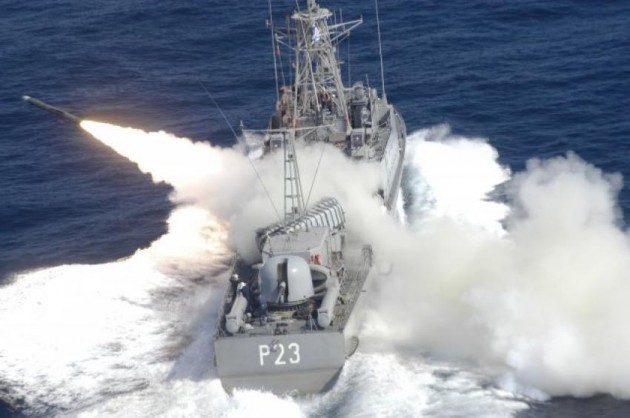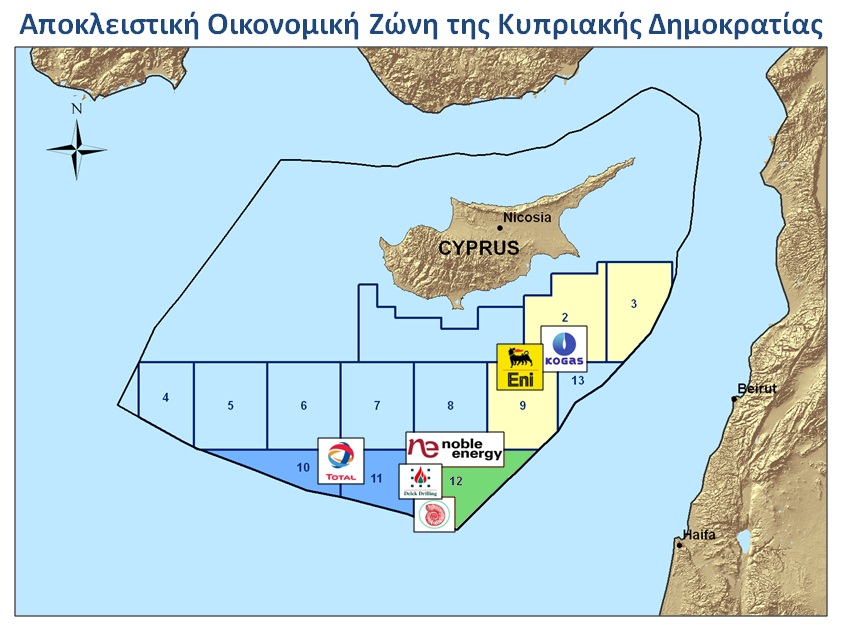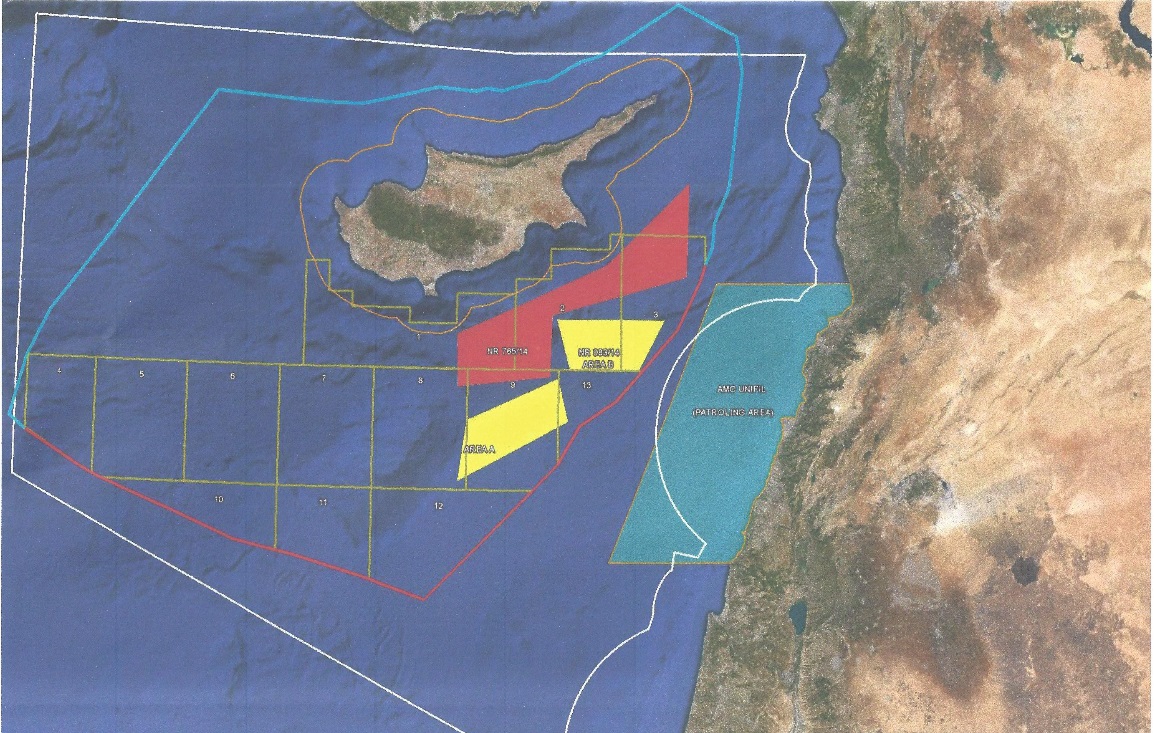Yeonmi Park is a One Young World delegate originally from North Korea. She is speaking during the Peace and Conflict Plenary Session at the 2014 Summit in Dublin about her life in North Korea and escape from the Kim regime.
I am a North Korean defector who escaped the hardship of the region in 2007. Korea has remained in the media spotlight in recent weeks due to the unprecedented disappearance, and reappearance, of leader Kim Jong-un. Countless people have spoken about the missing dictator, but very little attention is being focused on the invisible victims of the Kim regime. People born in North Korea are born prisoners for life.
In 2012, the Committee for Human Rights in North Korea estimated that there are 150,000 to 200,000 people in North Korea’s notorious prison camps. The United Nations Commission of Inquiry on Human Rights in North Korea estimated earlier this year that between 80,000 and 120,000 people were in the camps - often being imprisoned without a fair trial.

Some are there for what would be considered minor crimes outside of North Korea; it doesn’t take very much to get jailed for life or executed by the Kim regime. Growing up in North Korea, I heard about and witnessed public executions for reasons such as:
Stealing cows: A 27 year old man, who had tuberculosis and was starving, stole a cow. He was gunned down in a public execution. Cows are needed for labor in North Korea, so it is a serious crime there to steal or eat one.
Defacing the likeness of the dictator: A man who rolled a cigarette to smoke was arrested by a policeman who witnessed the “crime.” The smoker was executed because the newspaper included Kim Jong-Il’s likeness. There are numerous stories of people being hailed as heroes for rushing into burning buildings to rescue portraits of the Kims. Those who allow such portraits to be burnt are publicly executed.
Watching foreign movies: When I was nine years old, I witnessed my best friend’s mother get publically executed, along with about seven other people. They had been caught watching foreign movies from South Korea and the United States. The “criminals” had their teeth broken and stones stuffed in their mouths so they couldn’t speak or scream, their joints broken so they couldn’t walk or escape, then were shot several times as a warning to the rest of us, à la Animal Farm.
Fleeing North Korea: One of my mom’s friends borrowed money from us. The next day, the entire family disappeared. They had been caught talking about escaping to South Korea and so the entire family was wiped out.
Those executions were carried out by Kim Jong-il’s regime when I was living in North Korea, but the carnage hasn’t stopped under his son, Kim Jong-un. Eighty people were recently slaughtered in one day, for the “crimes” of watching South Korean movies and reading the Bible. They were machine gunned in a stadium, shot repeatedly so that it was difficult to identify them.
So many people in North Korea have been killed needlessly by the Kim regime. The amount of attention that had been focused on the disappearance and reappearance of the dictator does prove that the world can pay attention to North Korea, but what about their victims? Where has the compassion gone for human life?
As I continue to try to raise awareness about the human rights crisis in North Korea, I hope that we will be able to focus more attention on the invisible victims of the Kim regime. So many Korean refugees in China and elsewhere are desperately seeking, and dying, for their freedom.





